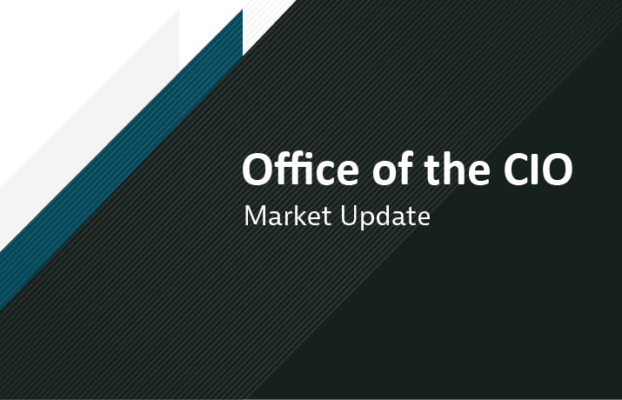Tariffs & trade – it’s time for Canada to break the glass
It’s been a week…!
The Trump Turnaround
- • Two days after announcing plans to impose hefty tariffs on Canadian imports, the US administration then blinked
- • Whether the decision to backpedal was due to threats of retaliatory tariffs, the abrupt decline in equity markets or renewed commitments to fight the drug trade remains a mystery
- • To secure this reprieve, Canada promised to implement a $1.3 billion border plan, invest an additional $200 million to fight organized crime and drugs, appoint a fentanyl czar and finally, designate drug cartels as terrorists
- • Whether these measures will be enough remains unclear
Economic uncertainty lingers
- • While the tariffs have been delayed for 30 days pending Canada’s ability to meet US demands, the threat of their potential implementation is wreaking havoc on consumer and business confidence
- • The longer the uncertainty persists, the greater the potential impact on the Canadian economy, as investors sit on the sidelines and businesses will have more difficulty raising capital
- • A weaker loonie will accelerate certain deals for Canadian assets that look more attractive, but a higher risk premium on Canadian companies may delay deal making activity
What does Trump really want?
- • The proposed tariffs run counter to decades of North American trade cooperation, starting with the Canada-US Auto Pact in the 1960s, NAFTA in the 1990s and finally the ratification of USMCA in 2018 under Trump’s first term
- • While the first review date for the USMCA is scheduled for 2026, on his first day in office, Mr. Trump ordered his administration to start consultations
- • We can expect that the review of the agreement will reopen hard-fought negotiations over auto supply chains and Canada’s supply-managed dairy and poultry industries
Emergence of ‘Resource Nationalism”
- • The threat of US tariffs has inspired a rallying call among business leaders and government officials to build more energy infrastructure to reduce Canada’s dependence on the US
- • Canada’s Natural Resources Minister acknowledged that it will be necessary to finally move forward on building an east-west oil pipeline to carry oil and gas across the country and bypass the US
- • BC has now moved to expedite the permitting of resource projects to further pivot BC’s resources economy away from the US – including Cedar LNG, which should start exporting liquefied natural gas to Asia in late 2028
- • The build out of this infrastructure will face huge logistical challenges as well as high costs which will require significant private sector capital
In case of emergency, break the glass
- • Canada must move beyond tit-for-tat retaliation and look inward to address our declining competitiveness and sluggish productivity
- • Even if tariffs are not imposed, Canada remains vulnerable – not just on trade but also on defense, domestic growth and border control
- • While Canada gained a 30-day reprieve, we should not return to our previous complacency
- • Our economic and physical proximity to the world’s largest economy has caused Canada to ignore investments in security, overlook impediments to internal trade, and neglect national infrastructure investments
- • Canada’s productivity has been in a prolonged slump, while productivity in the US continues to rise; in comparison to other developed economies, Canada continues to lag on investment in machinery, equipment and intellectual property
- • Our economy needs innovative public policy and taxation that rewards smart risk taking and removes barriers for entrepreneurs
- • As a nation, we need to answer this “wake up call”; over just the past 5 days, we have seen the country become more united and committed to meaningful change – we need to keep this momentum
- • Even without the threat of tariffs, Canada stands at a critical point in its economic evolution and it is time to break the glass.
If you would like to discuss your portfolio, please connect directly with your investment advisor.
Disclaimer
I, Theresa Shutt, have prepared this commentary to give you my thoughts on various investment alternatives and considerations which may be relevant to your portfolio. This commentary reflects my opinions alone and may not reflect the views of Harbourfront Wealth Management Inc. In expressing these opinions, I bring my best judgment and professional experience from the perspective of someone who surveys a broad range of investments. Therefore, this should be viewed as a reflection of my informed opinions rather than analyses produced by Harbourfront Wealth Management Inc.



How Private Markets Really Work: Valuations, Volatility, and the Case for Resilience
11 December 2025